Introduction:
When your child decides to start playing the oboe, selecting the right instrument is a critical first step in their musical journey. As a parent, navigating the world of oboes can feel overwhelming, especially if you’re new to the double reed family. In this comprehensive guide, we’ll break down the key factors to consider when buying an oboe for your beginner, ensuring that you make an informed decision that sets your child up for success.
Understanding the Challenges of Playing the Oboe
The oboe is a wonderfully expressive instrument, but it does come with unique challenges for beginners. One of the most significant hurdles is mastering the double reed. Unlike single-reed instruments like the clarinet or saxophone, the oboe’s double reed demands precise control and frequent upkeep to support a consistent sound.
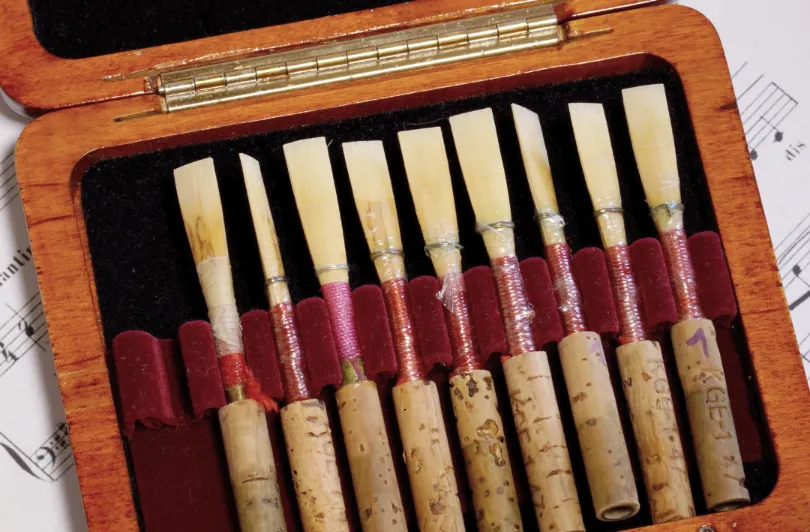
Oboe reeds, made from two carefully shaped pieces of cane, directly affect the instrument’s sound and playability. Beginners often struggle to produce a stable tone and may need to test different reed strengths and styles to find the perfect match. On average, oboe reeds need to be replaced every 4-6 weeks (about 1 and a half months), which is an ongoing cost to consider.
In addition to the double reed, the oboe features a complex fingering system. With its narrow bore and precise tone hole placement, young students with smaller hands or developing fine motor skills may find it challenging to cover the holes effectively.
Essential Factors When Selecting an Oboe for Your Beginner
When shopping for an oboe for your beginning student, keep these crucial aspects in mind:
Oboe Quality and Construction
Choose an oboe made from durable, high-quality materials like grenadilla wood or resin. Wooden oboes, particularly those crafted from grenadilla, are generally considered higher quality and produce a richer tone. However, resin oboes, often used for student models, can be a more affordable possibility for beginners.
Ensure that the oboe’s keywork moves smoothly and efficiently and that the pads seal properly when the keys are closed. A well-constructed oboe will be more comfortable to play and less prone to leaks and mechanical issues.
Reed Selection and Care
Invest in high-quality reeds made by experienced craftsmen. Consult your child’s oboe teacher or a trusted music store professional to find the appropriate reed strength and style for your beginner. Teach your child to properly care for their reeds, including soaking, drying, and storing them correctly to extend their lifespan.
Budget and Long-Term Goals
Oboes can range in price from a few hundred to several thousand dollars. For beginners, consider starting with a reliable student-level oboe that balances quality and affordability. Brands like Yamaha, Jupiter, and Selmer offer excellent options in the $1,000 to $2,500 range.
As your child progresses and shows a long-term commitment to the oboe, you may want to upgrade to a higher-end instrument that offers improved sound and playability. Professional-level oboes from brands like Loree, Howarth, and Marigaux can cost upwards of $5,000.
Tips for a Successful Oboe Selection Process
1. Consult with your child’s oboe teacher or a professional oboist for guidance on brands, models, and features best suited for your child’s age, skill level, and goals.
2. Visit a reputable music store and let your child try various oboe brands and models to find the best fit in terms of sound, response, weight, balance, and comfort.
3. Don’t underestimate the importance of high-quality reeds. Purchase reeds from trusted manufacturers and store them properly to maximize their lifespan.
4. Consider the ongoing costs of reed replacements and oboe maintenance when budgeting for your child’s musical education.
Oboe Selection Checklist for Beginners
Use this handy checklist to guide your oboe selection process:
– [] Determine your budget and long-term goals
– [] Consult with your child’s oboe teacher or a professional oboist
– [] Research reliable oboe brands and models for beginners
– [] Visit a reputable music store and let your child try various oboes
– [] Select an oboe that offers the best balance of sound, playability, and comfort
– [] Choose proper reeds and learn proper care techniques
– [] Budget for ongoing reed replacements and instrument maintenance
– [] Encourage your child to practice regularly and seek more learning resources
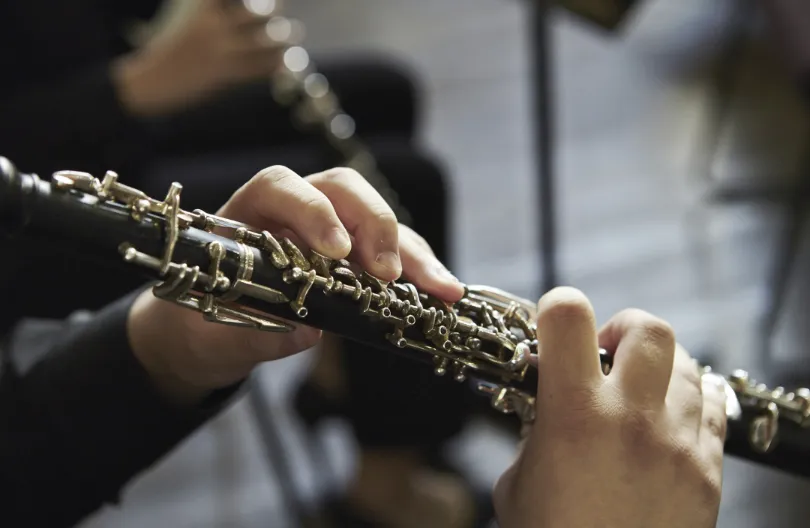
Conclusion:
Selecting the right oboe for your beginning student is a significant decision that can greatly affect their musical journey. By understanding the unique challenges of playing the oboe, considering essential factors like instrument quality, reed selection, and budget, and following the tips outlined in this guide, you can make an informed choice that supports your child’s growth and development.
When it comes to getting an oboe, you may be wondering whether it’s better to rent or buy it or more information on the oboe. These informative videos offers valuable insights to help you make the best decision for your family’s needs and budget.
Picking Out Your Oboe: Renting Vs. Buying
About the Oboe by Philharmonia Orchestra
Remember, learning the oboe requires dedication, patience, and practice. As your child progresses, explore other resources and courses, such as those offered by Practicing Musician , to further support their musical education.
For personalized guidance, consult with your child’s oboe teacher or a trusted music store professional who can provide recommendations tailored to your child’s specific needs and goals. With the right instrument, guidance, and support, your child can unlock the joys of making music with the oboe.

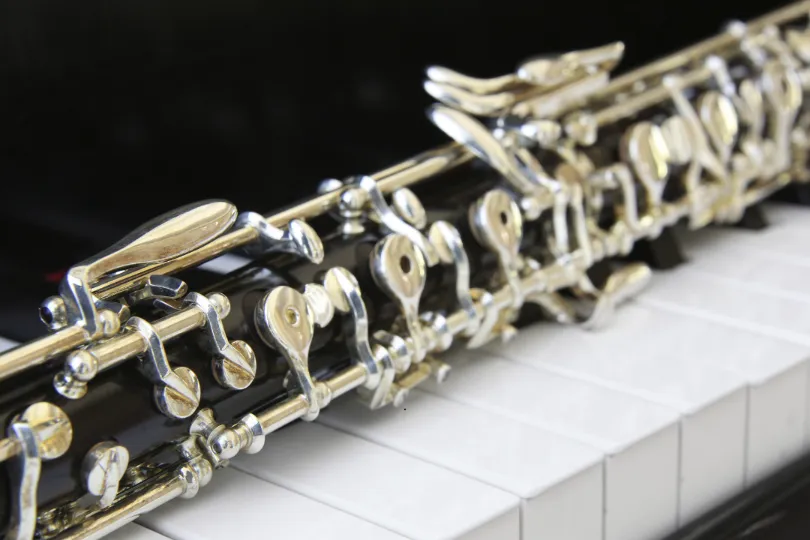

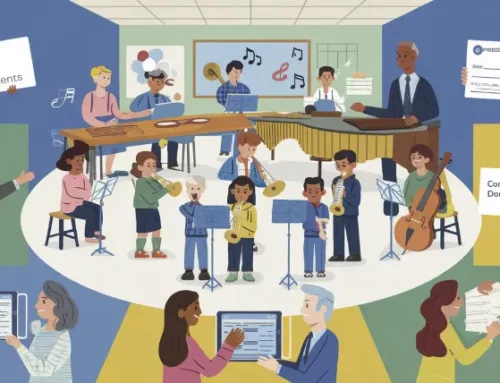
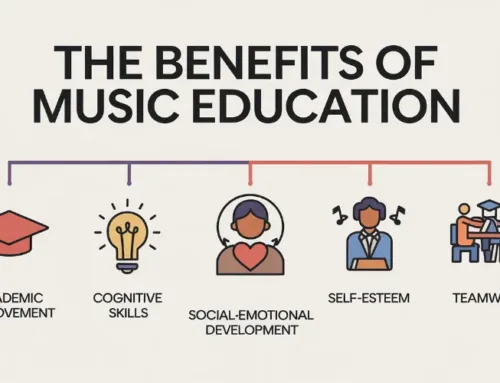

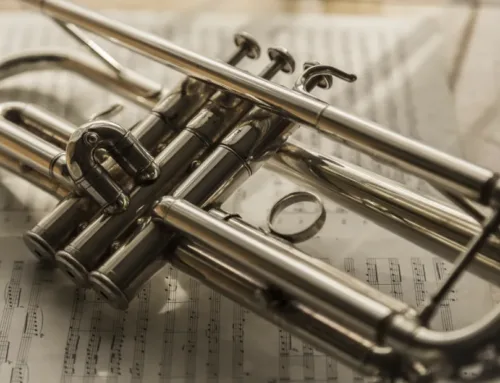

Leave A Comment
You must be logged in to post a comment.